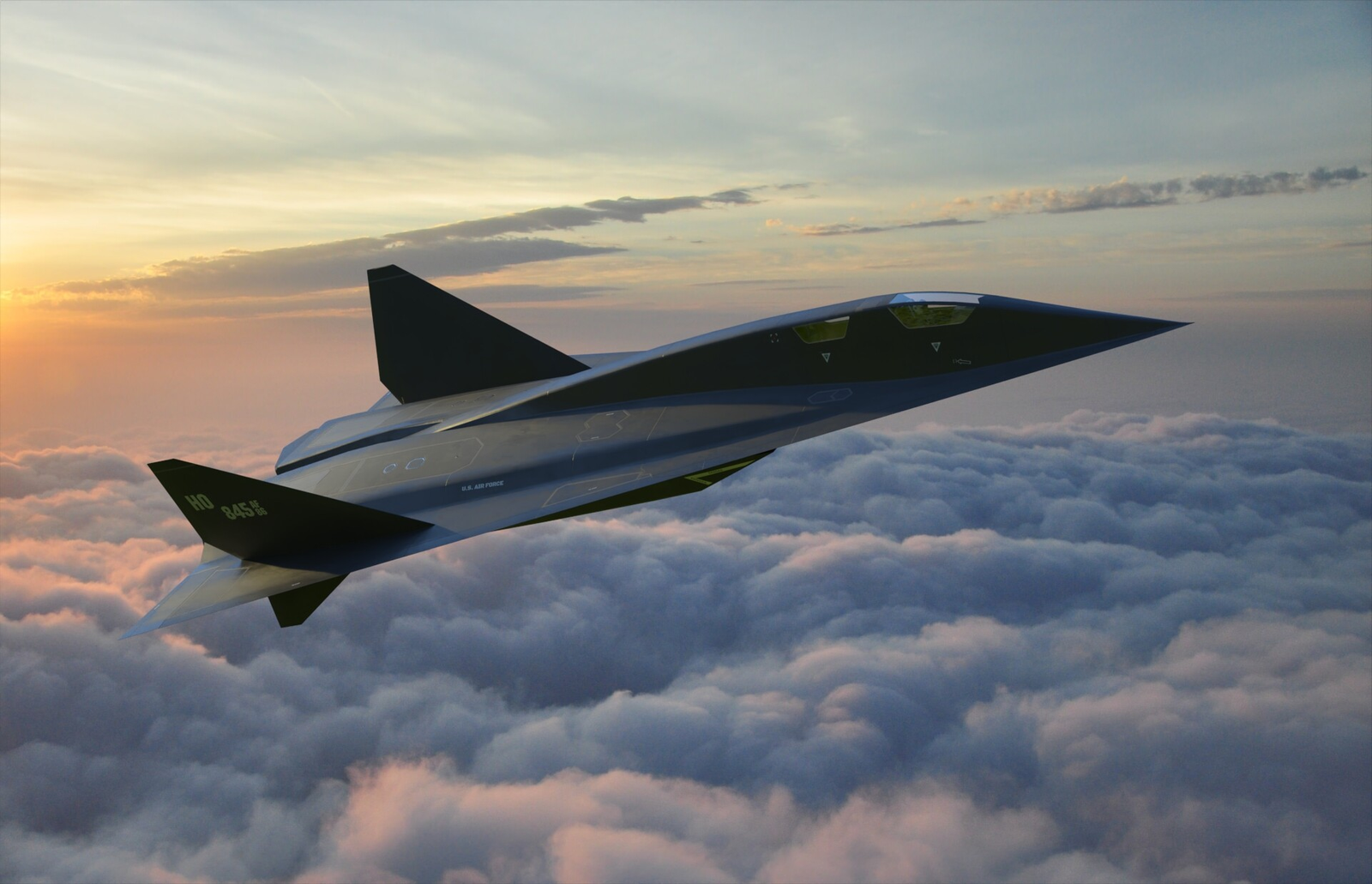
Few aircraft tales captivate the imagination as much as the myth of the SR-91 Aurora. For almost four decades, this shadowy plane has balanced on the borders of fact and rumor—mentioned in the margins of defense budgets, spoken of in hangars, and speculated upon in forums and documentaries. The premise is straightforward but exciting: that the U.S. secretly built a hypersonic spy plane so capable, it made even the fabled SR-71 Blackbird obsolete. The reality, however, is as evasive as the plane itself.

It began in 1985 when a line item titled “Aurora” appeared in a Department of Defense budget, appropriating hundreds of millions for “black aircraft production.” That one word, Aurora, created waves of speculation. The SR-71 was on the verge of retirement at the time, and the Cold War continued to influence defense priorities. Folks began to ask themselves: was Aurora the next-generation spy plane, which would cruise at Mach 5 or higher?

Through the years, the theory became more prominent due to a constant series of strange sightings and inexplicable sonic booms. In the early ’90s, Southern Californians reported hearing strange, loud booms—too high and piercing to match anything that was publicly known. Some analysts thought they were caused by something zooming extremely fast at high altitude, perhaps out of Area 51.

Satellite photographs emerged depicting weird aircraft shapes, and veteran observers such as Chris Gibson reported observing triangular jets refueling in midair. Then there were the wacky “donuts-on-a-rope” contrails—round puffs that defied standard jet exhaust, perhaps showing evidence of sophisticated propulsion systems such as pulsed detonation engines.

However, none of this ever constituted hard proof. No photographs, no flight records, no government confessions. That’s what distinguishes Aurora from other clandestine programs such as the F-117 or B-2, which later came forth with veritable confirmation. The U.S. has never officially acknowledged Aurora’s existence, and close to four decades on, it remains a ghost in the sky—unprovable, but far more difficult to deny.

There’s also technology. Hypersonic flight is not merely about speed—it’s about enduring scorching heat, staying controllable, and employing engines such as scramjets or ramjets that don’t even operate until attaining extreme speeds. During the ’80s and ’90s, the materials and engineering required were just not there yet. Even now, hypersonic planes remain largely experimental. Was it possible for the U.S. to have successfully conducted a full-blown, clandestine hypersonic program at the time without leaving anything behind except budget lines and rumors? It is doubtful—but not out of the question.

Secrecy itself, naturally, contributes significantly to the legend being perpetuated. Lockheed Martin’s Skunk Works—the home of the U-2, SR-71, and F-117—has forever been linked with advanced projects worked far out of sight. Area 51’s extensive history of test flights and intrigue only serves to fuel speculation.

Established aviation writers such as Bill Sweetman have spent years following leads, poring over financial documents, and interviewing unnamed sources. Sweetman has even gone so far as to propose that had Aurora ever existed, it could have been shelved quietly or continued operation in a small way, courtesy of breakthroughs finally catching up to the original plan.

Some suggest the Aurora name was a placeholder; perhaps it was related to the B-2 Spirit or some other program. Some others think that the sightings and sonic booms were connected with other experimental aircraft that were never revealed, or misinterpreted entirely.

Meanwhile, the hunt for hypersonic capability has gone into the open. Developments such as the U.S. Air Force’s “Mayhem” work towards making reusable hypersonic platforms that have a speed of Mach 10. Current engineers employ high-powered modeling software and newer materials in making systems that were hardly dreamt of when Aurora rumors initially began.

Nevertheless, there is something about the legend of Aurora that lingers. Perhaps it’s the expectation that humanity had already deciphered the code for flight in near-space and just didn’t publicize it. Perhaps it’s the timeless allure of the unknown. When official sources remain mute, after all, imaginations make their connections. Whatever the facts turn out to be, the tale of the SR-91 Aurora remains compelling, challenging, and keeps observers gazing upwards, inquiring what lies beyond, just out of sight.
